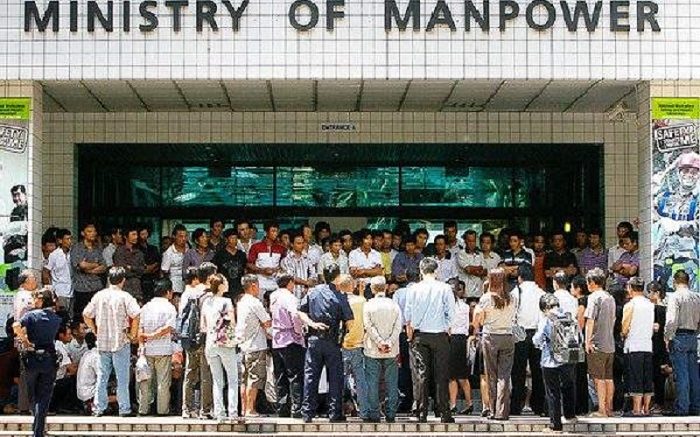Is the Singaporeans’ unemployment rate relatively worse off than that of PRs and foreigners?
I refer to the article “Singapore’s unemployment rate drops to 2% in Q1” (Channel NewsAsia, Apr 27).
It states that “Singapore’s unemployment rate in the first quarter was 2 per cent, down from 2.1 per cent in December last year, the Ministry of Manpower (MOM) said on Friday (Apr 27).
The unemployment rate for residents fell from 3 per cent to 2.8 per cent, while it remained unchanged at 3 per cent for Singapore citizens, according to an advance release of the first-quarter labour market report.”
Why is it that the overall and residents’ unemployment rate have decreased, whereas the citizen’s rate has remained unchanged?
Does it mean that on a relative basis, the unemployment of Singaporeans did not improve compared to permanent residents (PRs) and foreigners?
As to “Total employment (excluding foreign domestic workers) dropped by 2,100 after a seasonal increase in the previous quarter, largely due to a decrease in work permit holders in the construction and marine shipyard sectors” – does it mean that on a relative basis – Singaporeans bore the brunt of the decrease in total employment and possibly, correspondingly higher unemployment?
In this connection, with an average of about 30,000 new permanent residents (PRs) and 20,000 new citizens granted per year – how much of the local residents’ employment change in the last quarter and the last year were to Singaporeans?
If we account for the foreign workers who were reclassified as resident workers when they became PRs or citizens – what is the “real” unemployment rate for Singaporeans?
Leong Sze Hian
